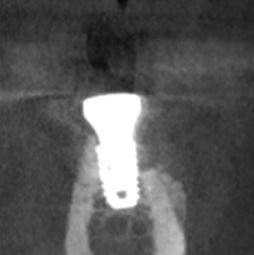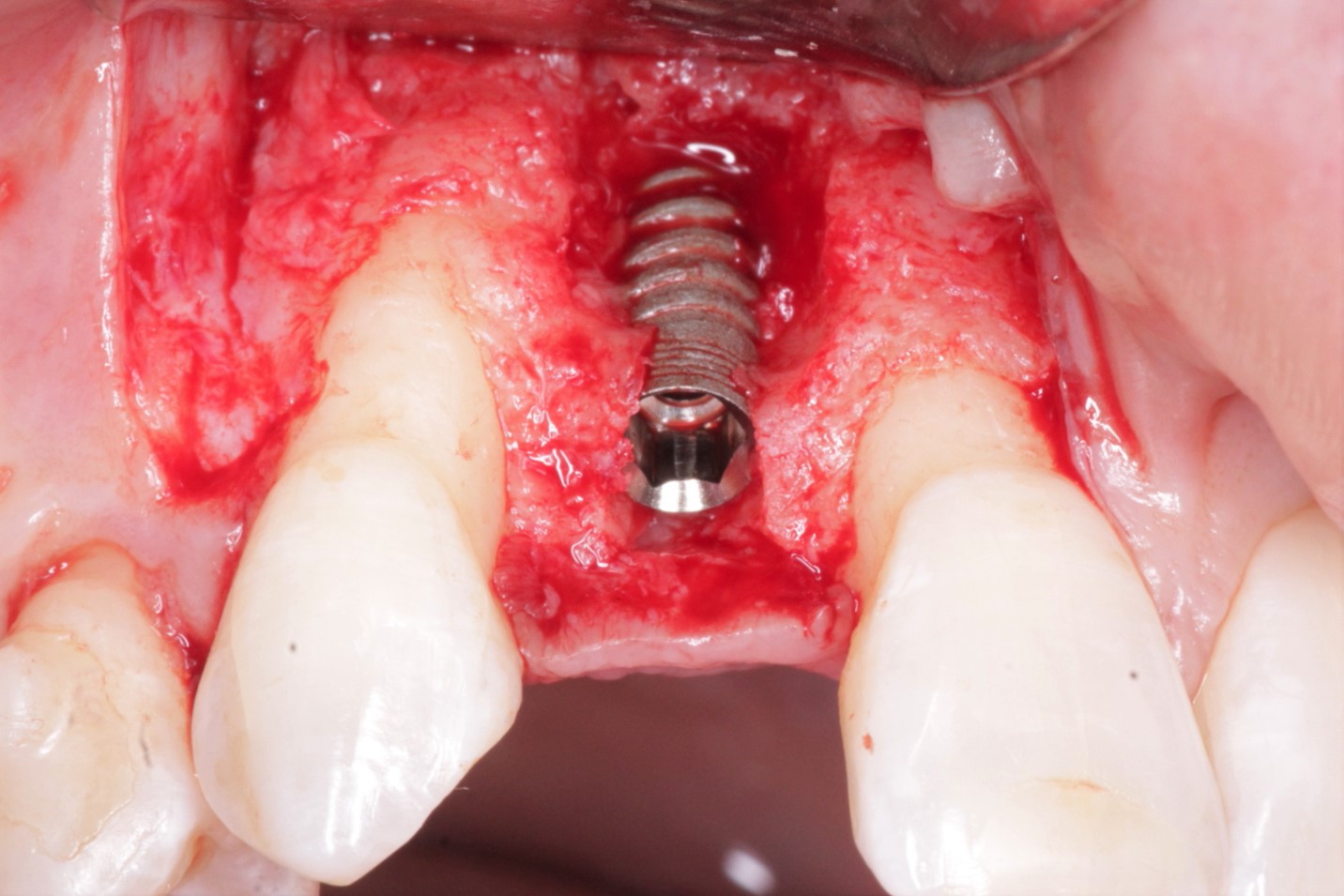Splinted or Free-Standing Restoration?
David, a dentist, asks:
When restoring multiple dental implants, what is the better treatment option:Â splinted crowns or free-standing individual crowns?
I understand splinted is better for force distribution, but, individual dental implants have better esthetics and, most important, easier home care for the patient (e.g., considering flossing). Are there any long term studies available comparing these two different philosophies?
5 Comments on Splinted or Free-Standing Restoration?
New comments are currently closed for this post.
Richard
2/13/2007
Multiple implants should always be splinted together for force distribution as well as a host of other factors. Suggest you get Carl Misch's book to review.
Alejandro Berg
2/14/2007
Dont knowing the distribution of the implants in the mouth, I would say splint them, next time if you want individual crowns go for implants designed for that like endopore.(they work better that way)
SMSDDSMDT
2/17/2007
I did not know that there is a specific implant designed for splinting vs. non splinting. It would seem to me that the nature of the patient ie. age, gender, musculature, parafunction, how natural teeth lost might be some clues. What is the restoration up against. Is this a more vertical function vs. horizontal? What is the occlusion doing? Can we get posterior disclusion? As far as flossing and the like, I am not so sure that ease of homecare is a big deal. Implants are not susceptale to caries or perio. The next question is how many and how long? According to the Ohio State studies they conclude for now that 13mm or better can be considered to stand alone. Shall we assume that the restorations are cemented vs. screw retained. My feeling is that we are safer splinted especially if the case is cement retained. If screw down , then framework fit is crucial for passive screw connection in seating the splinted screw retained restoration. A major disadvantage to splinting is in case something goes wrong and multiple units are at stake. On the other side if we loose an implant and the case is splinted then we may still have a restorative success in that we may still be able to use the FPD with some minor modification. This way you don't have to do your prosthetics over.
satish joshi
2/19/2007
Everything is correct what SMSDDSMDT wrote.
It is not imlants type which decides TO BE OR NOT TO BE splinted,The deciding factors are what SMS has described.( I am aware that some clinicians advise endopore to be independent)
Only thing I see diiferently from SMS is, cement retained rather than screw retained should be independent if desired, because in case of failure or problem with component of PROSTHESIS,It will be difficult to remove it without damaging or sacrificing other good component, specially if prosthesis is cemented with final cement like resin cement.
In case of screw retained, prosthesis can be removed with ease and problematic component can be dealt with easily.So splinting should not be a big problem for screw retained.
In case of 4.5*13mm or better implants for each tooth being replaced in Type II bone in healthy patient without any parafunction and favourable occlusion, I do not see much problem in keeping implants unsplinted IF DESIRED BY CLINICIANS OR PATIENTS for any reason, mostly esthetic as there is no connection between two units and so contact points can be placed more incisally if enough papillary tissues are present to fill embrasures though those situations are not frequent.
satish joshi
2/20/2007
In most cases, as a matter of fact we are forced to bring proximal contact points gingivally to avoid black triangle.
So apart from future repair issues of individual units it is only psychological issue for patient being able to floss or thoughts of having individual teeth.

















